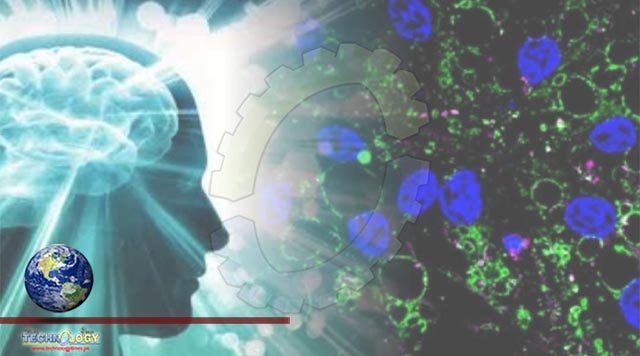Stanford neuroscientist Tony Wyss-Coray, PhD, has spent 20 years discovering and investigating various molecules with neuroprotective and neurodegenerative properties. These molecules are found in or on different cell types in the brain and on the blood vessels abutting it or floating in the blood and the cerebrospinal fluid that bathes it. As we age they become increasingly important.

Stanford Neuroscientist, Wyss-Coray and his colleagues have discovered substances in blood that can accelerate or slow down the brain-aging clock. They’ve identified proteins on blood-vessel surfaces through which some of these molecules can act on the brain, despite the existence of the blood-brain barrier. He’s even shown that older mice look and act younger after receiving young mouse cerebrospinal fluid. I asked Wyss-Coray to tie together his findings in the field of cognitive rejuvenation. He is the D. H. Chen Distinguished Professor of Neurology and Neurological Sciences and the director of the Phil and Penny Knight Initiative for Brain Resilience.
Stanford Neuroscientist Aging problems start to become tangible for most people above the age of 50 or 60. This is when we realize that retrieving the name of a person or a word at the tip of the tongue is not just the result of a bad day, but a manifestation of getting older like wrinkles or graying hair. As these memory lapses become more frequent, we begin to speak slower in order to be able to replace missing words with others. While it’s unclear how this normal age-related decline relates to more severe cognitive impairment and dementia, one-third of Americans above age 85 have symptoms of Alzheimer’s disease, and that number doubles over the next 10 years of life. Unfortunately, we have no tools to predict who will progress from forgetfulness to dementia.
Source: This news is originally published by scitechdaily